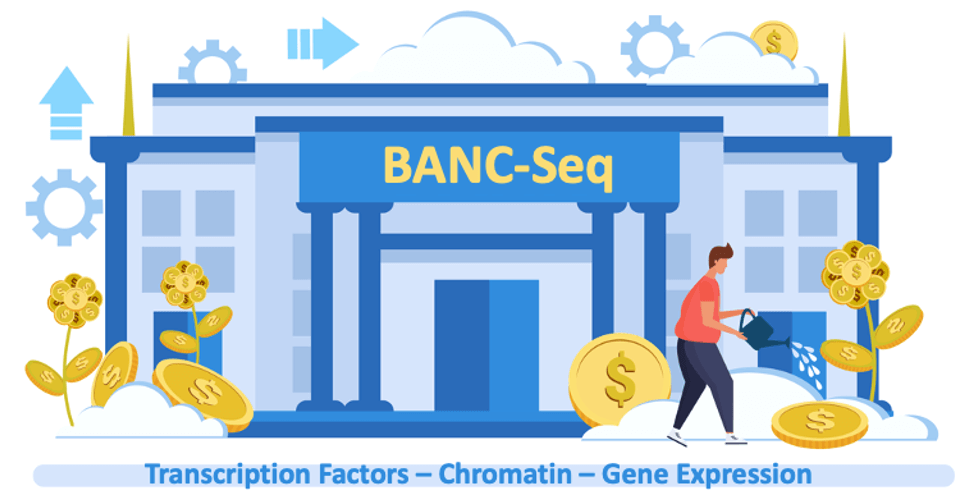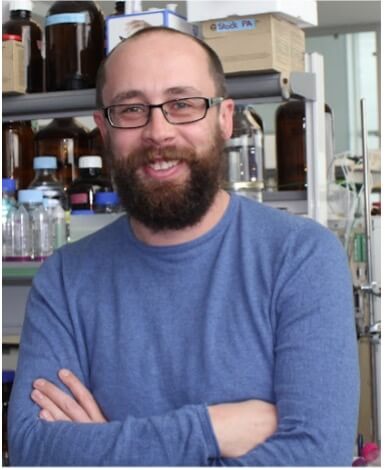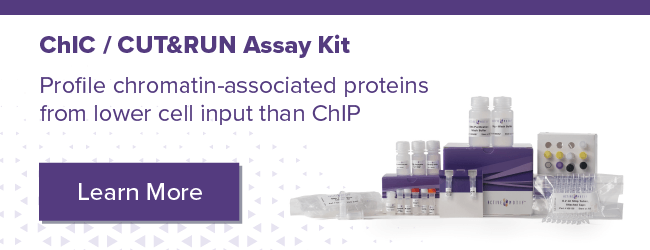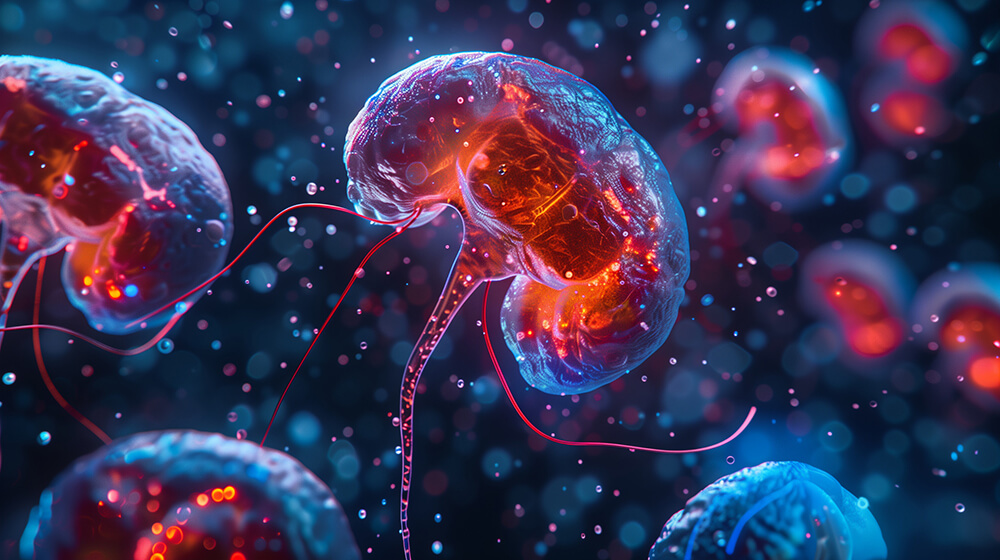<< Back to MOTIFvations Blog Home Page
Invest in BANC-Seq, a New Method to Analyze Transcription Factor Binding to Chromatin

August 27, 2024
Table of Contents:
-
Introduction: BANC-Seq – Binding Affinities to Native Chromatin by Sequencing
-
Quantification of absolute transcription factor binding affinities in the native chromatin context using BANC-Seq
-
Quantifying genome-wide transcription factor binding affinities for chromatin using BANC-Seq
-
Taking Your Results to the BANC-Seq
Introduction: BANC-Seq – Binding Affinities to Native Chromatin by Sequencing
A complex interplay between DNA sequence, chromatin context, cofactors, and DNA compaction controls the binding of transcription factors and the regulation of gene expression (Zhu et al. and Cheng et al.). A deeper understanding of transcription factor binding requires an appreciation of the binding specificity and affinity of a given transcription factor for DNA sequences (Stormo and Zhao). Recent years have seen the description of multiple techniques to determine global protein-DNA interaction specificities/affinities and algorithms to predict transcription factor binding based on DNA accessibility, DNA sequence, or gene expression data; however, we lacked a technique that quantified absolute transcription factor binding affinities in a chromatin context and provided data that we could truly “take to the bank.”
Encouragingly, recent articles in Nature Biotechnology (Neikes et al.) and Nature Protocols (Wester et al.) from researchers headed by Rik G. H. Lindeboom (The Netherlands Cancer Institute) and Michiel Vermeulen (Radboud Institute for Molecular Life Sciences/The Netherlands Cancer Institute) reported a sure-fire new technique that solves this transcription factor binding affinity problem. These two studies described how binding affinities to native chromatin by sequencing (or BANC-Seq) can determine the genome-wide binding affinities of transcription factors to native chromatinized DNA (with the help of a few products from Active Motif)!
Quantification of absolute transcription factor binding affinities in the native chromatin context using BANC-Seq
Neikes et al. debuted BANC-Seq in a Nature Biotechnology article, where they determined transcription factor-DNA binding affinities by incubating chromatin with a titration series of purified epitope-tagged transcription factors and then determining binding sites at each transcription factor concentration by chromatin immunoprecipitation with sequencing (ChIP-Seq, which employed the anti-H2Av spike-in antibody and Drosophila melanogaster spike-in chromatin from Active Motif) or cleavage under target and release using nuclease (CUT&RUN; for smaller numbers of cells).
Initial validation steps in human MCF7 cells employing flag-tagged FOXA1, YY1, SP1, and the MYC/MAX revealed that these transcription factors exhibited physiological genomic binding (encountering thousands of sites), which supported the determination of equilibrium binding at genome-wide regulatory elements. Furthermore, the team revealed the superior nature of measuring genome-wide apparent dissociation constant (KdApp) values (the concentration of transcription factor at which half-maximum binding occurs) via BANC-Seq when compared to two biochemical methods - electrophoretic mobility shift assay (EMSA; employing the Gelshift Chemiluminescent EMSA Assay Kit from Active Motif) and the proteomics-based method protein-nucleic acid affinity quantification by mass spectrometry in nuclear extracts (PAQMAN) (Makowski et al.).
Analysis of transcription factor binding in differing chromatin contexts by integrating public DNA accessibility and histone modification data revealed that chromatin context significantly influenced transcription factor binding to DNA at sites where high-confidence binding affinities could be determined, which underscores the importance of investigating transcription factor binding affinities in a native chromatin context. Overall, a permissive chromatin environment represented a prerequisite for high- and low-affinity transcription factor binding in specific epigenetic states. The authors then demonstrated how chromatin context drives cell-type-specific binding affinities by evaluating transcription factor binding affinities in embryonic stem cells and neural progenitor cells derived from embryonic stem cells; generally, changes in binding affinities took place alongside changes to DNA accessibility. Overall, these findings highlighted the concentration-dependent binding of transcription factors to their targets and the activation of specific biological processes in a concentration-dependent manner.
Finally, through an analysis of the YY1 transcription factor, the team reported that DNA sequence variations impacted the binding of YY1 and its cofactors or interaction partners to fine-tune the binding affinity of YY1; however, epigenetic modifications at cis-acting regulatory regions could affect the DNA sequence-based fine-tuning process.
Quantifying genome-wide transcription factor binding affinities for chromatin using BANC-Seq
In their follow-up to this Nature Biotechnology article, Wester et al. presented a detailed stepwise protocol for BANC-Seq in Nature Protocols that they claim any molecular biologist with some coding knowledge could follow in under two days (Wester et al.). Their protocol describes the ChIP-based BANC-Seq protocol and the CUT&RUN-based BANC-Seq protocol in colossal detail and also provides the means to undertake i) the qPCR quality control experiment to assess whether the samples possess sufficient quality for sequencing, ii) the library preparation and DNA sequencing, and iii) the analysis workflow of the sequencing data. Following this protocol seems like a sure-fire way of measuring transcription factor binding affinities!
Taking Your Results to the BANC-Seq
Overall, BANC-Seq represents a sure-fire means of incorporating binding affinity data when investigating gene regulatory networks. The generation of transcription factor binding affinity maps may provide further fundamental insights into transcription factor biology and epigenetics and will support future studies into epigenome remodeling or transcription factor expression dynamics.
About the author

Stuart P. Atkinson, Ph.D.
Stuart was born and grew up in the idyllic town of Lanark (Scotland). He later studied biochemistry at the University of Strathclyde in Glasgow (Scotland) before gaining his Ph.D. in medical oncology; his thesis described the epigenetic regulation of the telomerase gene promoters in cancer cells. Following Post-doctoral stays in Newcastle (England) and Valencia (Spain) where his varied research aims included the exploration of epigenetics in embryonic and induced pluripotent stem cells, Stuart moved into project management and scientific writing/editing where his current interests include polymer chemistry, cancer research, regenerative medicine, and epigenetics. While not glued to his laptop, Stuart enjoys exploring the Spanish mountains and coastlines (and everywhere in between) and the food and drink that it provides!
Contact Stuart on Twitter with any questions
Related Articles
DBiT-Seq Takes Epigenetic and Transcriptomic Analysis to the Spatial Dimension
March 29, 2024
While researchers often study cells in isolation, their spatial location and surroundings in a tissue context play critical roles. Methods that enable epigenetic and transcriptomic analysis in the spatial dimension are becoming more valuable. Check out our recent summary of articles, both new and old, that employ and then develop DBiT-seq, Deterministic Barcoding in Tissue for spatial-omics Sequencing.
Read More
Multiomic Analysis of Stem Cell-derived Organoids
May 22, 2024
The analysis of transcriptional and chromatin accessibility profiles during the differentiation of human stem cell-derived kidney organoids provides a deeper understanding of organogenesis. We take a look at research from Washington University and MRC Laboratory in the UK, using single-nucleus ATAC-Seq and RNA-Seq to reveal the vast potential of stem cell-derived kidney organoids in understanding the gene regulatory networks controlling kidney organogenesis. Read all about both studies here!
Read More
<< Back to MOTIFvations Blog Home Page








